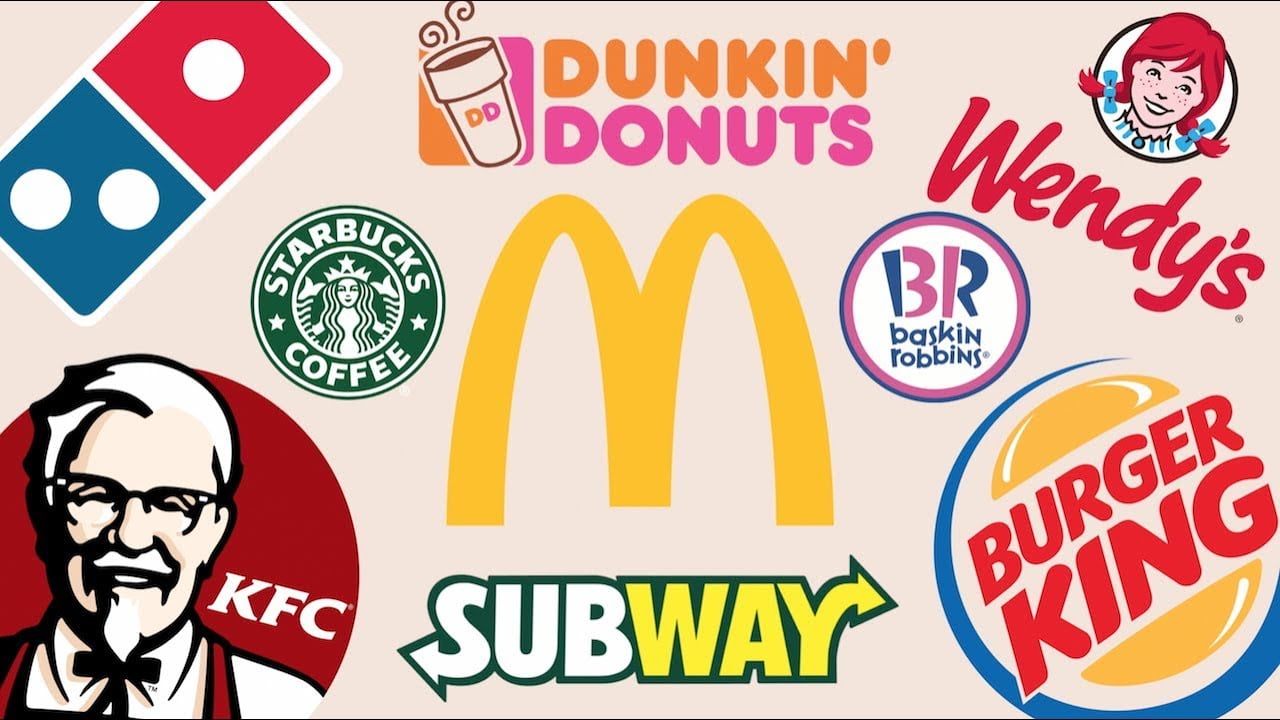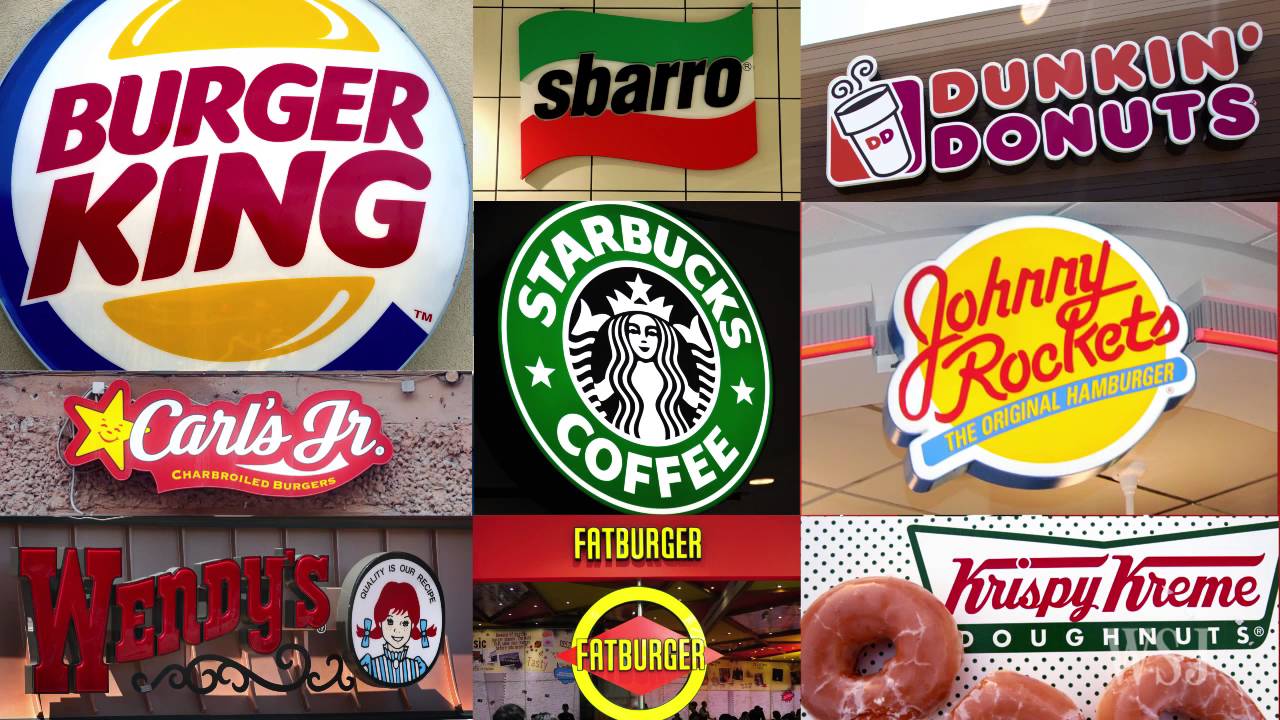Today, almost half (44%) of the world’s habitable land is used for agriculture. In the past few decades, the crop yield has also significantly increased due to various factors like improved farming techniques and better seeds. While there is abundance of food production to feed everyone, the problem of food insecurity still persists. Figures estimate that access to healthy food is unaffordable for almost 3.1 billion people worldwide. UN’s FAO defines food insecurity as a situation where “a person is considered food insecure when they lack regular access to enough safe and nutritious food for normal growth and development and an active and healthy life”. The fast-food chains that offer cheap, convenient, calorie-dense meals are one of the key contributors to the food insecurity problem across the globe.
Tag: Fast Foods
Fast Food Brands Fuel Food Insecurity
Food insecurity, a pressing issue affecting millions globally, remains particularly prevalent in low income areas where access to affordable, nutritious food is limited. This pervasive problem not only impacts individuals’ health and well-being but also underscores broader systemic challenges within our food systems. Fast food chains, ubiquitous symbols of convenience and affordability, play a significant role in perpetuating food insecurity by overshadowing fresher and healthier food options. Their proliferation in underserved communities often leads to a scarcity of fresh produce and whole foods, creating a landscape where processed, high-calorie, low-nutrient meals dominate the dietary choices of residents. This phenomenon not only contributes to poor health outcomes but also deepens the cycle of food insecurity by reinforcing reliance on quick, inexpensive, yet nutritionally deficient meals
How Fast Food Chains Fuel Food Insecurity?
Fast food chains, while often lauded for their perceived value and convenience, play a significant role in exacerbating food insecurity by outcompeting fresh food options in accessibility and affordability. These establishments, designed for quick service and mass production, offer meals at prices that can be notably lower than those of fresh, whole foods. This cost disparity makes fast food a more attractive option for individuals and families on tight budgets, especially in low-income areas where financial constraints are prevalent. The allure of a cheap, filling meal can lead residents to opt for fast food over healthier alternatives, perpetuating a cycle where nutritionally deficient options become the norm

